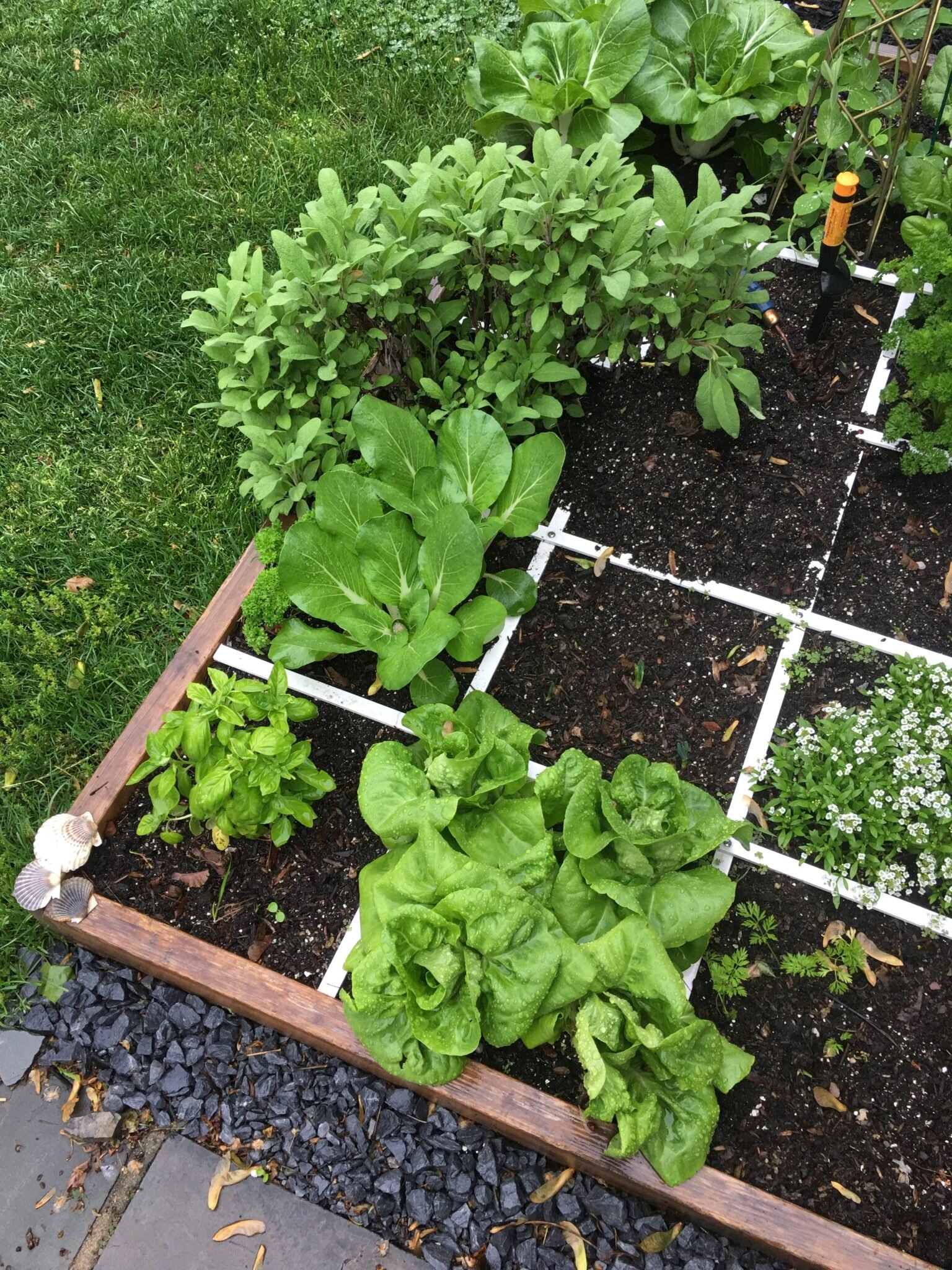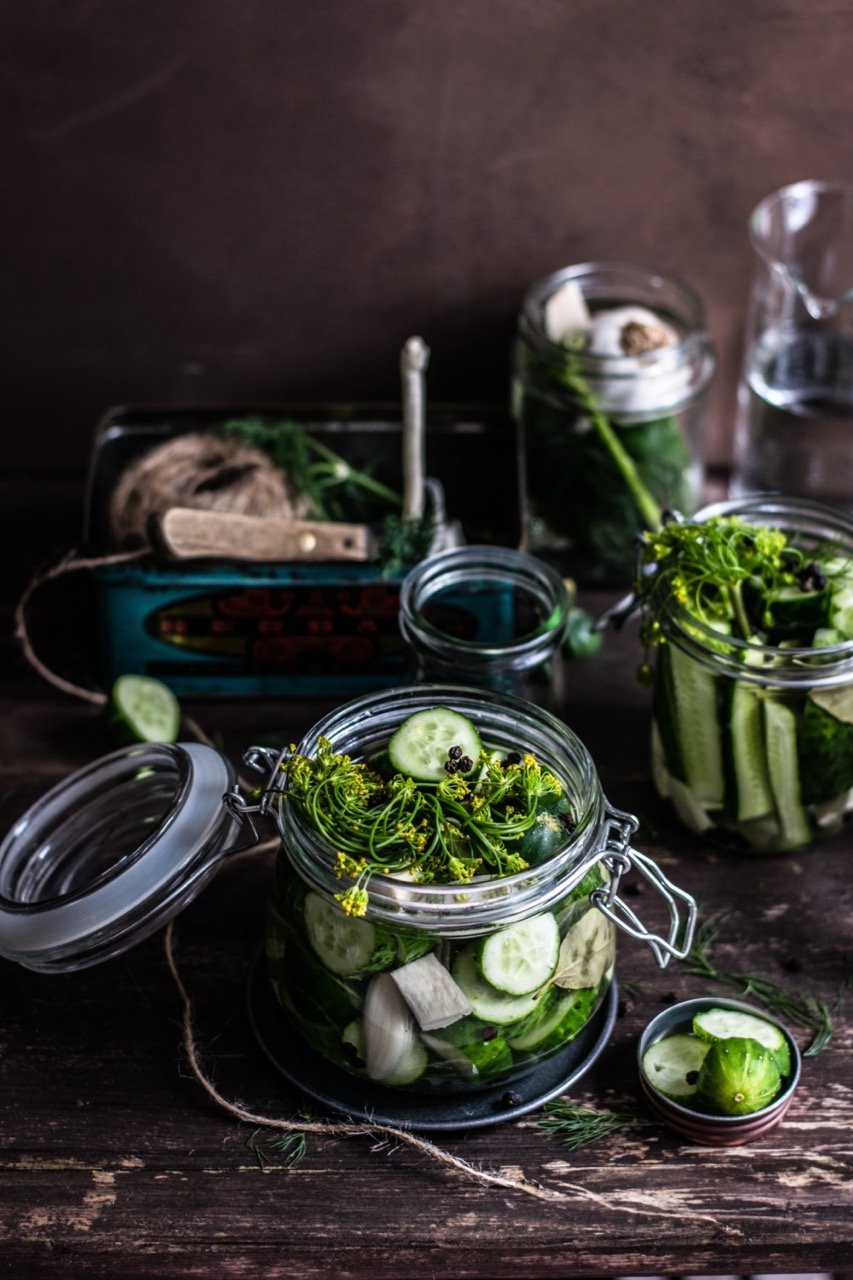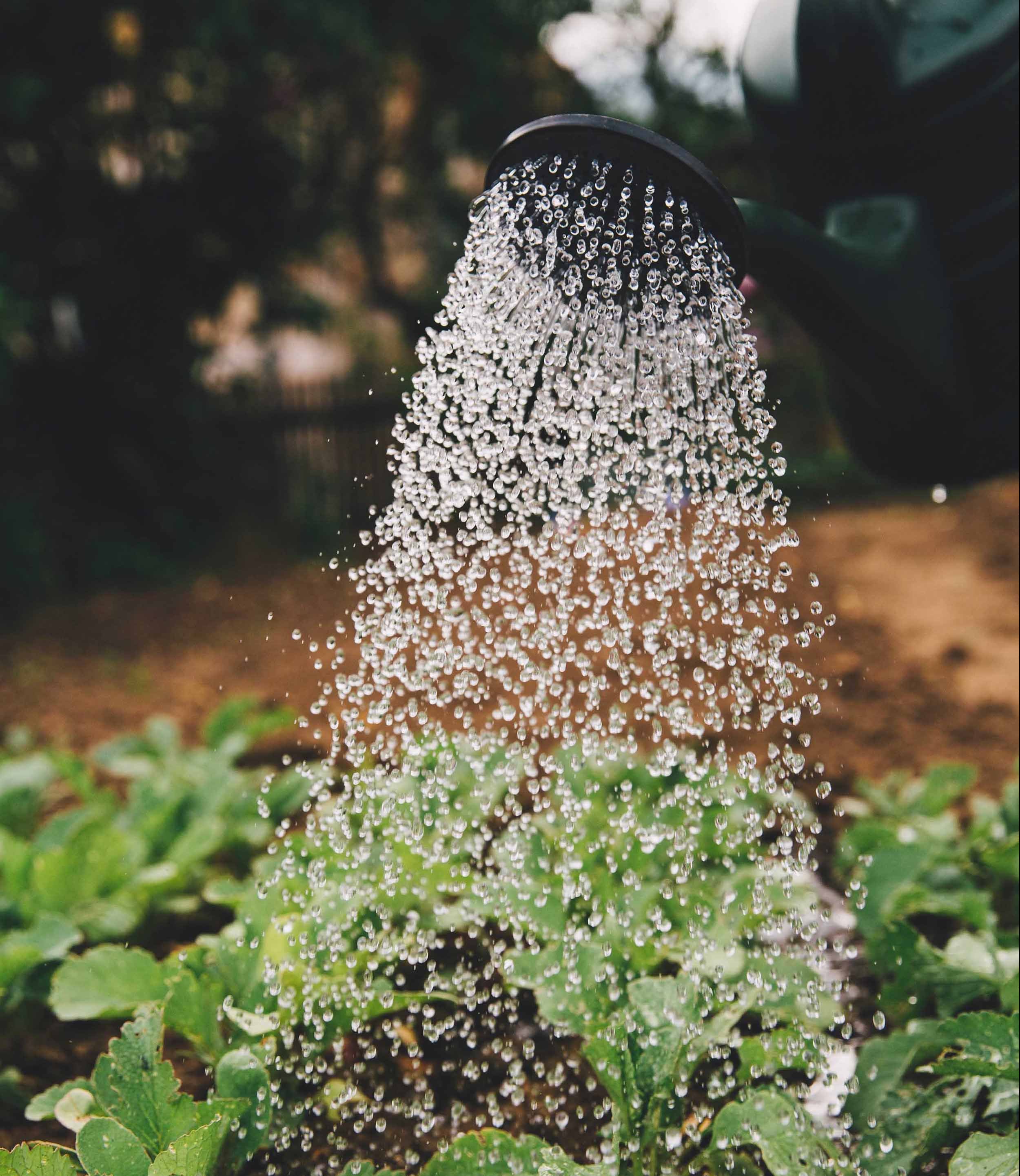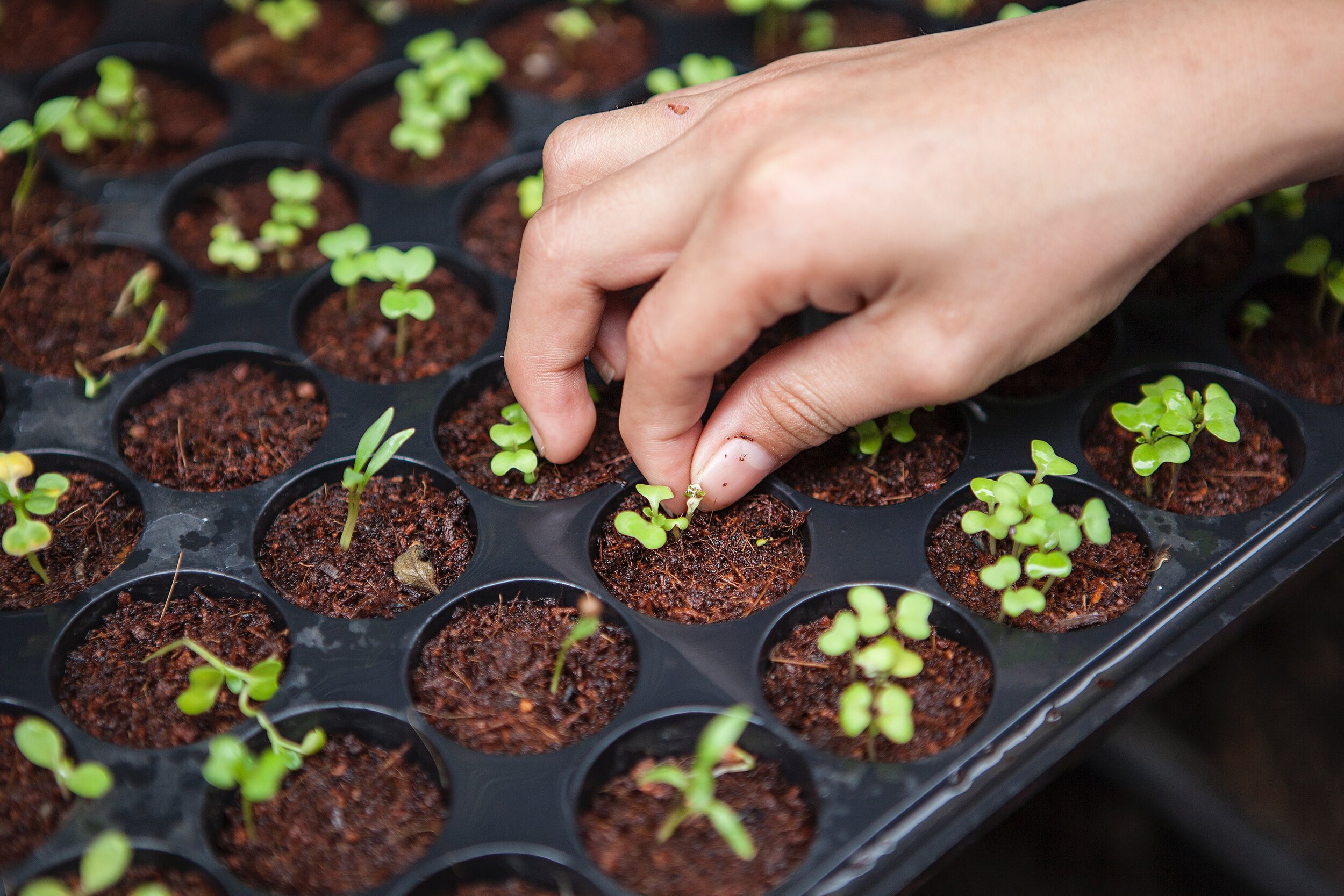Small and Mighty

Photo courtesy of the Square Foot Gardening Foundation
New to growing food? Square Foot Gardening might be the best method for you.
If your mental image of a vegetable garden includes long, straight rows of crops with dirt in between, get ready to see gardening differently. Imagine instead a quilt with tight, tidy squares in different shades of green.
The Square Foot Gardening (SFG) method is exactly what it sounds like: a grid of 12-inch squares, densely planted. The concept was originated by Mel Bartholomew, a civil engineer who joined his community garden upon retirement in 1975. Even as a newbie gardener, Bartholomew was struck by the labor intensity and inefficiency of the traditional row planting he saw around him and figured there had to be a better way. SFG is his better way. His 1981 book, “Square Foot Gardening,” documented the method, and today the Square Foot Gardening Foundation aims to teach it to gardeners around the world.
Certified instructors like Joanne Westwood of Monroe, OH, are part of that effort. SFG, she says, centers on two core ideas. First, naturally, is the space itself: a 4-foot-by-4-foot raised bed (or several of them), divided into a grid of 16 12-inch squares. The compact size of the bed means it’s easy for gardeners to reach into the space to plant and harvest. Bartholomew worked out the right number of plants per square: One square holds one tomato plant, or nine spinach plants, or 16 carrots, and so on.
The second key is the soil. “The real differentiator of Square Foot Gardening is the growing medium,” Westwood says. “There are three components: peat moss to maintain aeration, vermiculite to hold water, and compost, which is food for plants. It’s the perfect mix. You can grow a lot in just 6 inches of soil.”
The method offers a bunch of benefits: The 4-square-foot design is ideal for small lots and small households (though you can add boxes to your plan). Because you can easily reach into the bed, you don’t compact the soil by walking on it. The method easily adapts to containers, window boxes, and elevated tables for those physically challenged by in-ground gardening. Add a covering structure like a cold frame, and your bed will yield food all year round. The density of planting crowds out weeds and maximizes yield, and it requires less water because you’re not irrigating all the dirt between rows; Westwood says most gardeners use just 1 cup of water at the base of each plant. “It’s more economical and ecological,” she says.
Westwood is full of ideas and enthusiasm; she offers free one-hour presentations to local groups. “They’re trying to build a local network of people like me all over the country, so your resource is really a person who can meet you at the library or the farmers’ market and walk you through the process.”
Square Foot Gardening’s grid system makes it super easy and fun to plan your garden. And you’ll be surprised by the yield from such a small space. Bartholomew figured out how many plants could fit into a single 12-inch square; consult the book or online training for a planting table. The system also makes it easy to rotate crops from season to season (since you’ll be adding compost to the box every year, replenishing the soil) and to plan successive crops.
Resources
The Square Foot Gardening Foundation
Find books and online courses to get you started and maximize your success.
Joanne Westwood
Monroe-based Certified Instructor for Square Foot Gardening; teaches free courses locally.
Local Facebook group
Search Facebook for Square Foot Gardeners Cincinnati | Dayton for the local community or other communities across the country.
One Small Garden
Your local Greater Cincinnati resource for raised beds, cold frames, and garden tables.
Bryn’s long career in publishing took a left turn sometime around 2010, when she discovered the joy of food writing. Since then, she’s found professional nirvana as the editor of Edible Ohio Valley, author of The Findlay Market Cookbook, and occasional instructor at The Cooking School at Jungle Jim’s. Find her seasonal recipes at writes4food.com.






